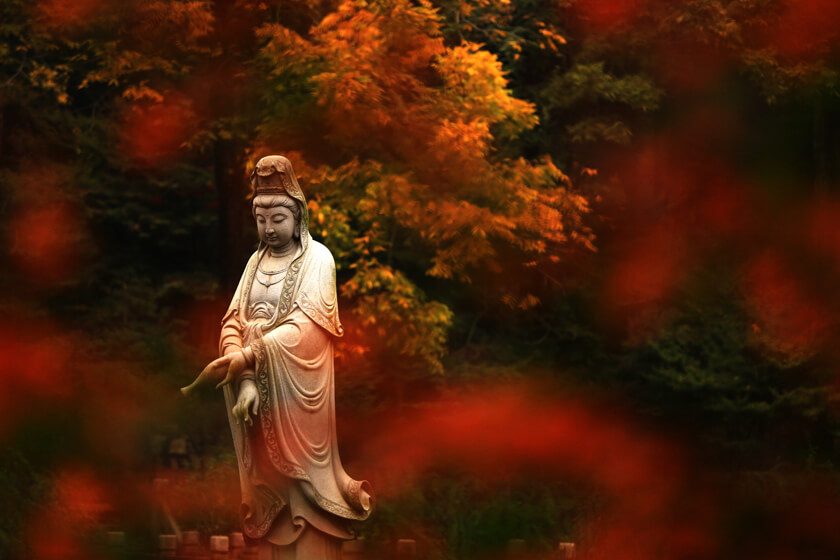Nanjing is one of China’s most significant cities, and is recognized as one of the Four Great Ancient Capitals of China alongside Beijing, Xi’an and Luoyang. Due in part to its strategic location on the Yangtze River, Nanjing served as the capital of 10 Chinese dynasties and regimes spanning 1,800 years, including the Ming dynasty and the Republic of China.

Nanjing’s story begins as far back as 500,000 years ago, proven by the discovery of a prehistoric skull in a cave on the city’s outskirts in 1993. Ancient civilizations flourished in Nanjing throughout the prehistoric period, developing advanced agricultural tools, ceramics and jade carvings later recovered by archaeologists.
It was during the Three Kingdoms period (A.D. 220–280) that Nanjing began its dramatic ascent to political power and cultural prominence. Sun Quan, founder and king of the Eastern Wu dynasty, moved his court to Nanjing and oversaw a sharp rise in foreign trade, leading to a time of great prosperity for the city.
By the mid-sixth century, Nanjing had earned its place as China’s most culturally and economically advanced city. Political strife and violence in the north of China had driven many craftsmen and artists south, and Nanjing’s textile, ceramics and metalworking industries exploded.
Between the sixth and 15th centuries, Nanjing served as the capital of dynasties that included the Southern Tang, Song and Ming. While seat of the Ming dynasty, Nanjing became, for the first time, capital of the entire empire of China, before the capital was eventually being moved to Beijing. The Xiaoling Tomb Complex and Ming Palace Ruins are surviving relics of Ming rule, and artifacts such as lacquerware, gold and jade accessories, and fine porcelain can be viewed at Nanjing Museum.
The 20th century was a tumultuous time for Nanjing. Dr. Sun Yat-sen, known as the Father of Modern China, established the national seat of government in Nanjing, opening another window of wealth and cultural advancement. By 1937, growing tensions with Japan boiled over, when the Imperial Japanese Army invaded and captured the city in what is now known as the Nanjing Massacre (historically Nanking Massacre). Approximately 300,000 Nanking residents perished, and large swaths of the city were burned to the ground. The Nanjing Massacre Memorial Hall was constructed in 1985, and its historical documents were inscribed into the UNESCO World Heritage Memory of the World register in 2015.
Today, Nanjing has developed into a major culture, arts and education hub of China, with 59 universities and renowned institutions like the Nanjing Museum and Nanjing Library. In 1982, the Chinese government declared Nanjing an “historical and cultural city of China.” Its art and design communities are growing in global prestige, with recent additions like the Sifang Art Museum—a marvel of modern architecture which showcases world-class contemporary arts. Despite being a metropolis of more than 8 million, life moves at a more leisurely pace in Nanjing than in many Chinese cities; with its compelling contrast of ancient pagodas and sparkling skyscrapers, Nanjing’s feet are proudly planted in both its past and its future.
Timeline of an Ancient Imperial Capital
229–265 and 266-280 - Eastern Wu dynasty (Three Kingdoms period)
317–420 – Eastern Jin dynasty
420–479 – Liu Song dynasty
479–502 – Southern Qi dynasty
502–552 and 555-557 – Liang dynasty
557–589 – Chen dynasty
937–976 – Southern Tang dynasty (Five Dynasties and Ten Kingdoms period)
1368–1421 – Ming dynasty
1851–1864 – Taiping Heavenly Kingdom
1928–1937 – Republic of China (again in 1946-1949)
1940–1946 – Reorganized National Government of the Republic of China